
RED CLIFF is the most expensive Chinese film ever made, and as far as I’m concerned, worth every penny. This story of the Battle of Red Cliff is very familiar to Asian audiences, but new to most Americans. In the year 208 C.E. (A.D.), Prime Minister-turned General Cao Cao (Zhang Fengyi) gets permission from the Han dynasty Emperor to begin a campaign to crush the two warlords ruling the south. Liu Bei (You Yong) and Sun Quan (Chang Chen) must work together to fight off this threat from the North. Liu Bei’s brilliant stratigest Zhuge Liang (Takeshi Kaneshiro, who looks shockingly like Orlando Bloom) joins forces with Sun Quan’s trusted advisor Zhou Yu (Tony Leung) and, with the aid of Princess Sun Shangxiang, (Wei Zhao) fight to save their land.
I got a chance to speak to director John Woo, who told me about cutting this down from the five-hour version, what he changed from the traditional story, working in China and what he’s got coming up next. And guys, please check out this film. I know it’s in Mandarin. I know the names are a bit similar. I know the subtitles are going to require a little reading, but trust me when I say, it’s worth it. I am currently hunting down the five-hour cut, and when I find it, I’m shutting off my phone, abandoning Twitter for the day, and immersing myself in Woo’s stunning world.
John Woo
I know this was originally released in two parts in China and there is a five hour cut that was shown in the states. This film is two and a half hours, but it doesn’t seem like a film that was cut down at all. Can you talk about how you decided what to take out and what to leave in?
I just took out a few parts of the side character[s] role[s] and try to focus more on the main storyline and the key character[s]. You know, for the Asian audiences, everybody knows this part of history and are familiar with the character[s], so I could spend a much longer time to develop all the character[s] and some of the relationship between them. But for the international version, for the American version, I was thinking the American [audience] isn’t familiar with this part of history, so I think it would be better [to] focus on the main storyline. And naturally, we just had to trim a little bit, and then tried to make the movie a little more tighter, so it didn’t lose much. It’s still the same movie. So I’m also pleased with this version.
I know that the book it was based on (the classic Chinese novel, The Romance of the Three Kingdoms) is 700 years old, but the real incident took place in 208 C.E. (A.D.). I read in the press notes that the novel gives the characters some supernatural elements than you have in the film. Tell us about the decision to take those elements out.
Well, that’s how I have learned from Hollywood. I just try to make all the character[s] natural and believable and more realistic. So I took out quite a lot of, you know, supernatural vein. I tried to make all these characters a lot more modern, so modern audiences can relate to them. So all the characters, they are not gods. They [are] just like ordinary people. Just like other young men, young people. They have courage. They have wisdom. They love friends, they love country. So they [are] just like normal people.

So did you add anything to the story?
Yeah, I add a lot. In the original story there was not much of a female role. The woman wasn’t that important in the book. So I had to increase the female role and make them more important. Just like women nowadays. They’re so brave and independent and also have a great personality. They sometimes do a much better job then men. So that’s a new thing in the movie. The other things…I just want to show the classic beautiful woman, they also have a great personality. That’s what I want to do. The other thing is that it’s a war movie. So I also can make the movie more personal. I try to stress that, in war, there are no winners. A kind of anti-war message. So that also wasn’t from the book. The other thing is that the two main character[s], Tony Leung who played Zhou Yu and Takeshi (Kaneshiro, who played Zhuge Liang) [they] are kind of like young people nowadays. They are so adorable, very smart, and also they have a great sense of humor. That’s pretty new.
I did want to ask you about the women. I hope I’m saying this right…Sun Shangxiang?
Sun Shangxiang is the princess, yes.
She’s a warrior…were there female fighters back then in China? Was she part of the book?
Yes, but not as much. In the book the princess, she knows martial arts. She was a fighter, she was disguised as a boy. But in the meantime, she also have a great heart. She really care[s] about the others. But I had to increase her role and make her more important and more lovely.
I was really surprised to see a female fighter in the film!
[laughs]
And I was really happy to see it. Another thing I wanted to ask you about is a scene where the two main characters are playing instruments. I was very struck by the scene. Though they were using traditional instruments, the music seemed to be very modern, almost rock-like. The music was not traditional, was it?
That music, yeah. Actually the scene was…I get the idea from jazz. Jazz music. So I mean, I’m using the jazz theory to create a scene. And also this was my idea. This wasn’t from the book, you know. I think, since our main character, the general Zhou Yu, actually he was a musician. He was a musician and a great general as well. So he knows music. I think the best way to tell how they feel and what they think, it [is] better to use the music. Better [to] use the instruments, like playing jazz. Jamming to each other. Using the music to tell their feeling[s]. So I thought it’s a pretty good thing to do, you know?

It was really effective. It was a beautiful scene. Another thing I was struck by was the troops using something called the “tortoise formation”. Is that a real military formation? And is it really that complex? It was really cool to watch.
The tortoise formation was my idea. [laughs] Of course they already know the idea came from one of our main character[s]…but his kind of formation was pretty much like a square shape and it looked pretty dull. And one day, all of a sudden, I look at a turtle. Then I can see some little square shape[s] on the shell. So that give me the idea to create turtle formation. There are some different kind of soldiers in each little square and they are trapping the enemy inside, and they’re surrounding them and playing with them…I’m so glad our research team, they did a really great job. Our supervisor, he did a great job. He had to improvise some of the idea[s] to make the scene and the formation look more outstanding.
I was curious about making a film in China. Did you have any issues with censorship?
No, not for this movie. They are very welcom[ing]. Very supportive. Everything was so simple. I just walk into the office and tell them I want to make a movie about Red Cliff. And they say, ‘oh, let’s do it.’ [laughs] They were so excited. I never take any advice from anyone. You know, I have no problem with censorship and I don’t need to take any meetings, so I just close my door and do my own work. They give us huge support for everything, like we have got 700 to 1500 soldiers to work on the set. They are playing the fighters. They [are] even helping us to building the road, building the bridge. Helping the crew. It was great. And, particularly, I was so amazed by the young people in China. I mean, in the film business. They all have a great passion about movies. They [are] all eager to learn. They all want to learn how to make a Hollywood-like, big budget movie. That also was my wish. Since I’ve been working in Hollywood for so long and I did learn a lot from a lot of great people here. So I think it’s about time to bring my experience, what I learned from here, to Asia. To let the young people learn something from it. So that’s why we have brought the great team in from the United States, good people from Korea, and work with the Chinese group. We all work together. We work together like friend[s]. So I really happy to make this movie in China.

Are you going to be filming 1949 there?
No, I passed on that project, but I do have another one. It’s called THE FLYING TIGER. THE FLYING TIGER is about, in WWII, there was an American volunteer group of pilot fighters who are helping the China government against the Japanese. Very special true story. The whole story is about the friendship between the Chinese and the American[s]. They work together to win the war, so it’s another war movie again. [laughs]
What other projects do you have coming up?
Besides THE FLYING TIGERS…we have two projects…in Hollywood. One is to try to remake a French movie called LE SAMOURAI. It’s the story about a killer. It’s a very classic film. The other one…I’m very interested in [the] story of MARCO POLO. We are working on it right now.
Thank you so much Mr. Woo! I’m about to begin my search for the longer cut of RED CLIFF now. I’m absolutely fascinated by the story and I want to see more.
Oh, I hope you will like it as well. In the five hour version, there is a little more story to tell. And since you like [the] princess role in it, she got more scene[s] in the Asian version. [laughs]
RED CLIFF will be released on November 20th in New York and Los Angeles, followed by a nationwide roll out.


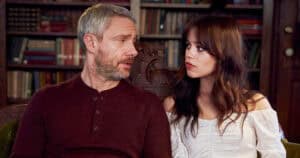
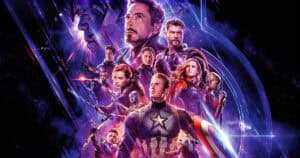
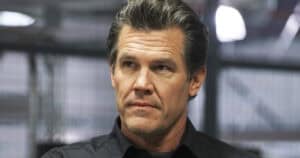


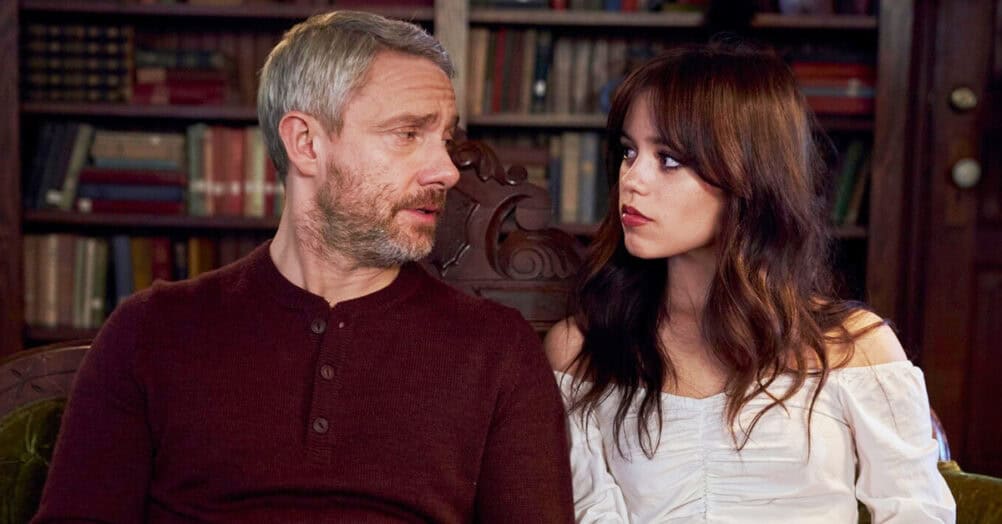
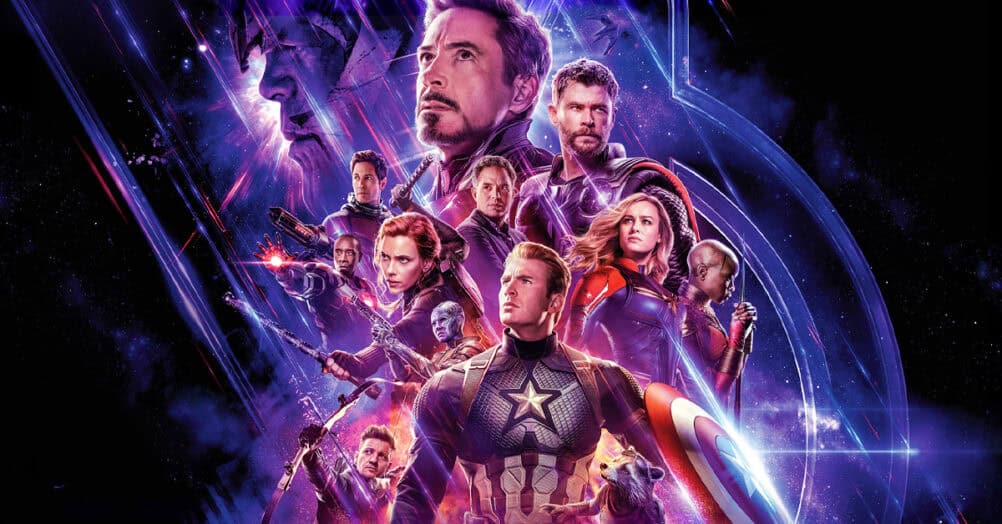
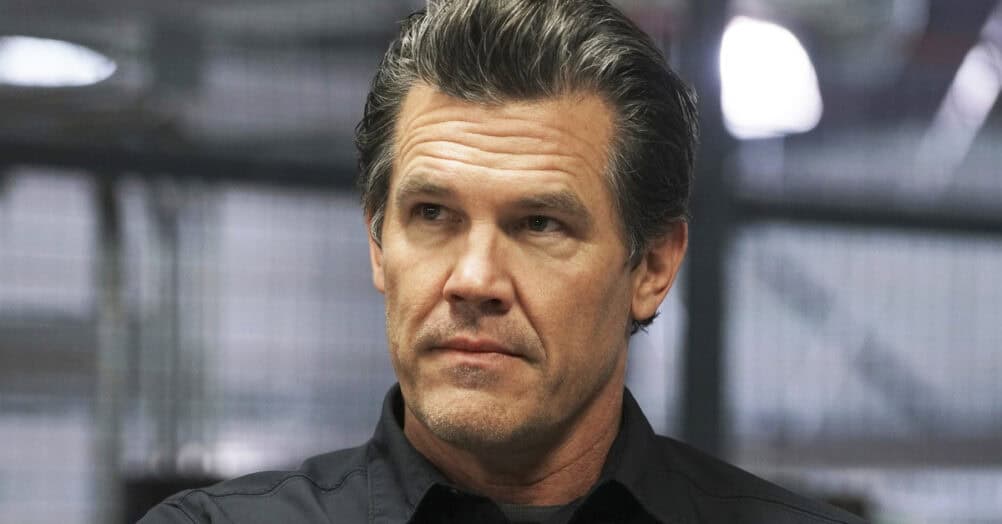
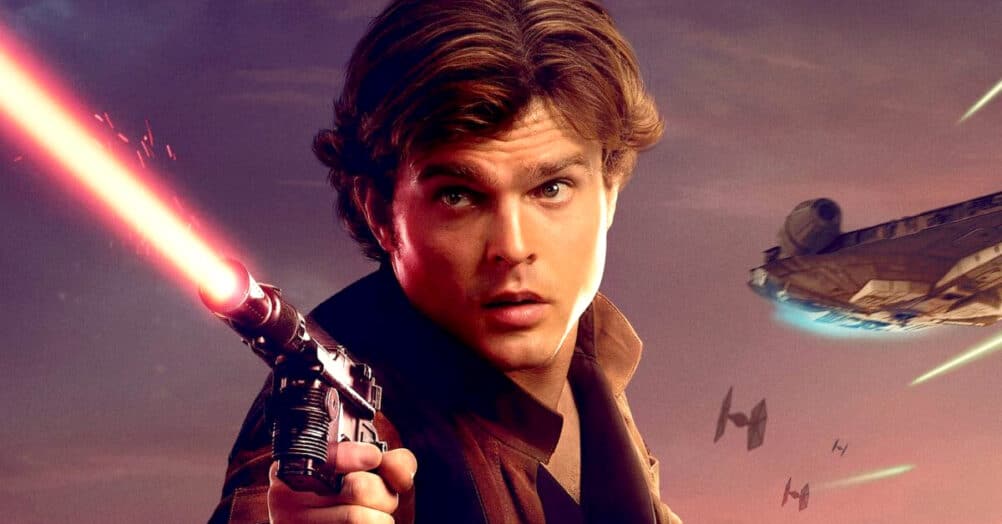
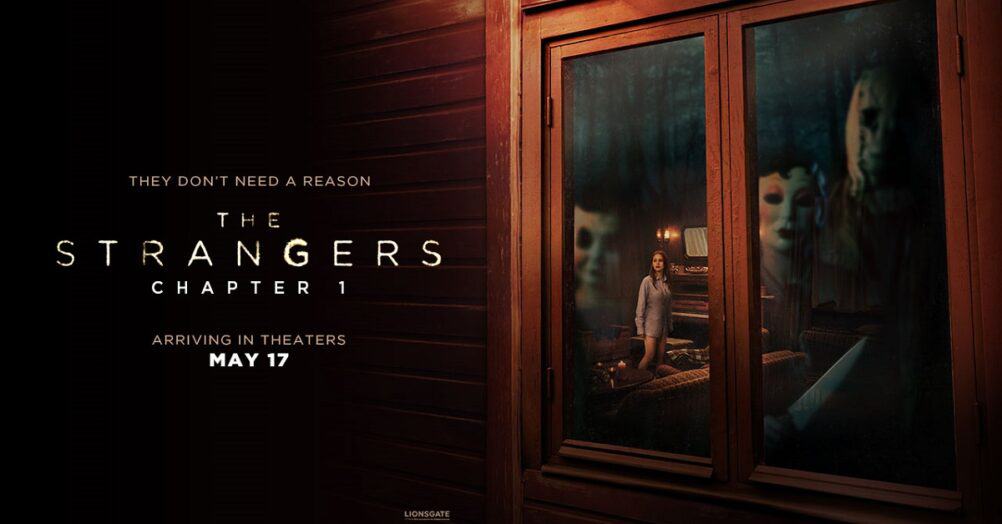
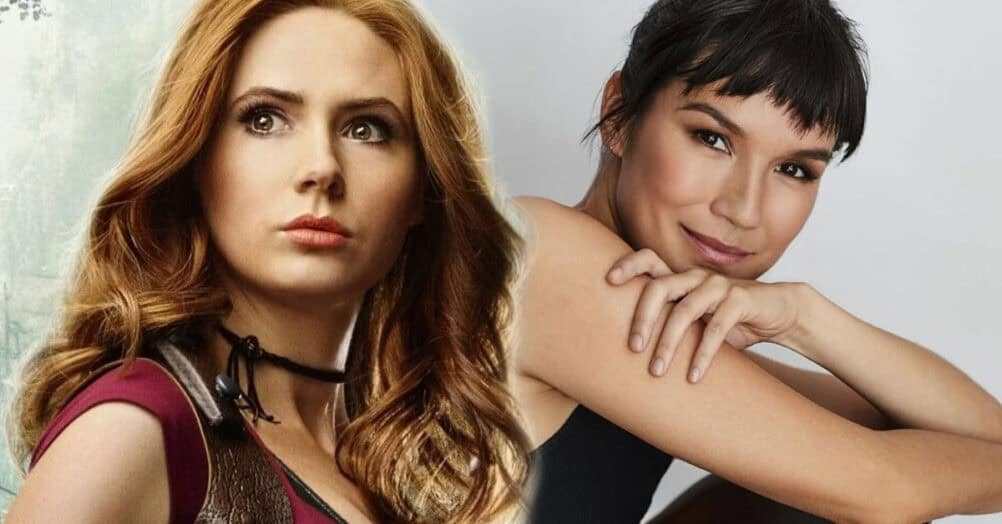
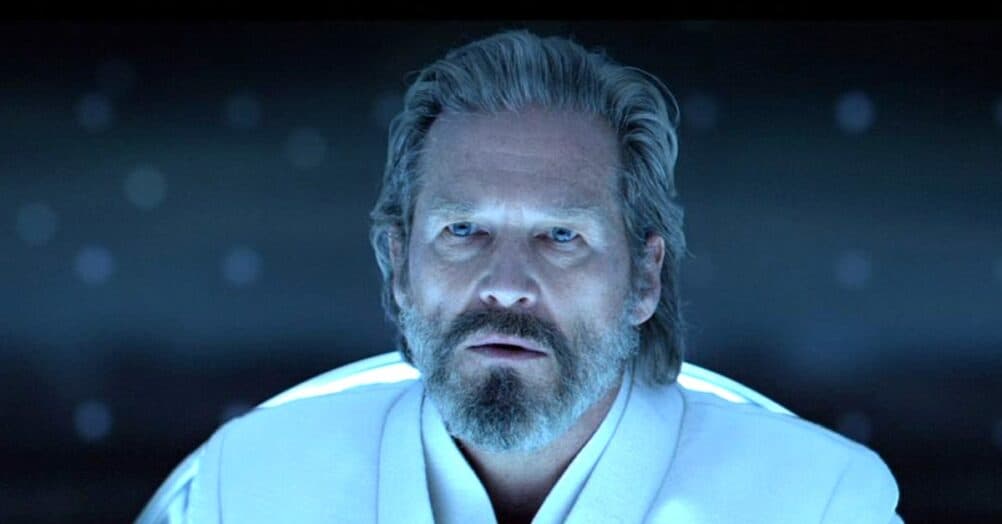
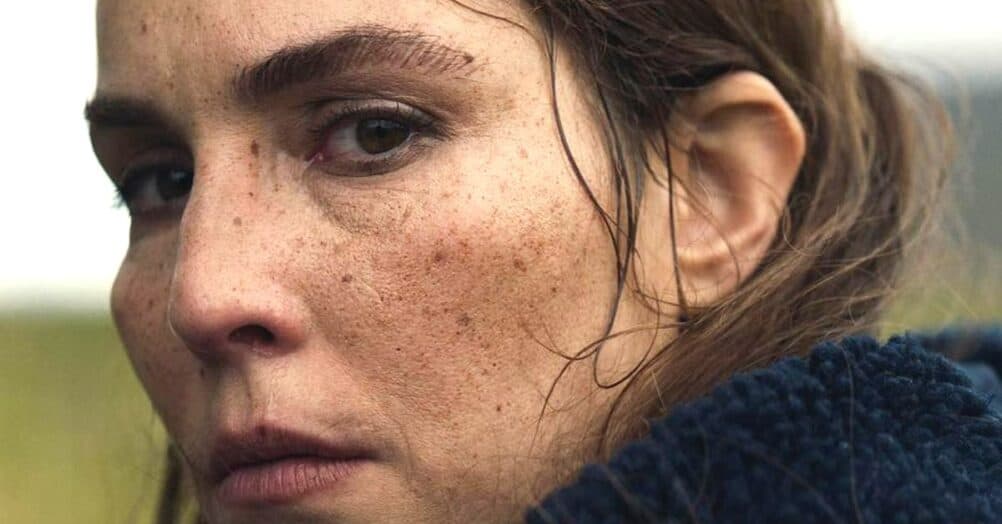
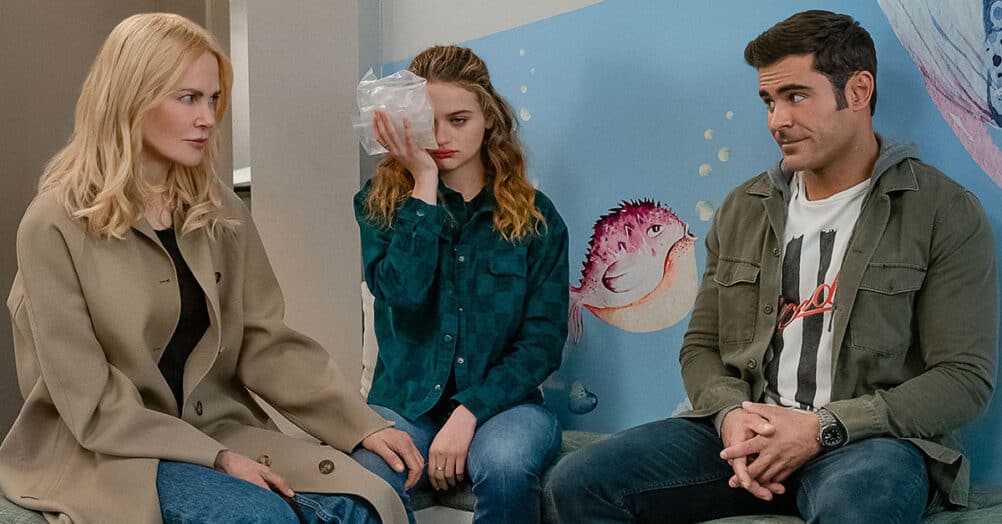
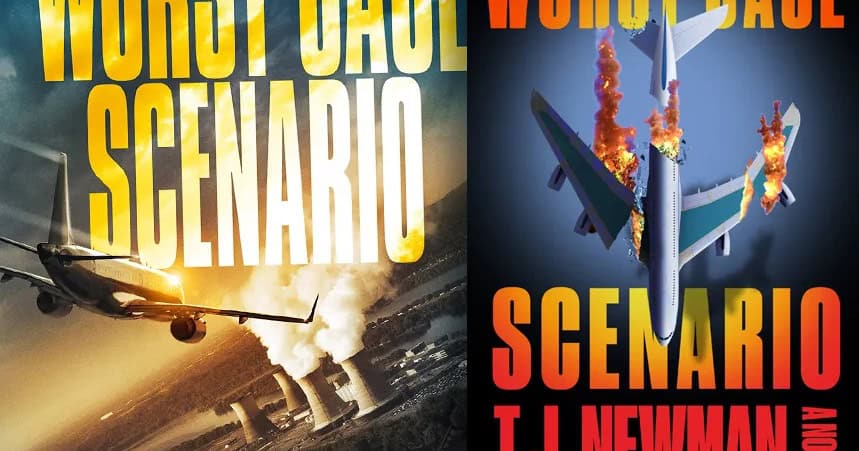
Follow the JOBLO MOVIE NETWORK
Follow us on YOUTUBE
Follow ARROW IN THE HEAD
Follow AITH on YOUTUBE